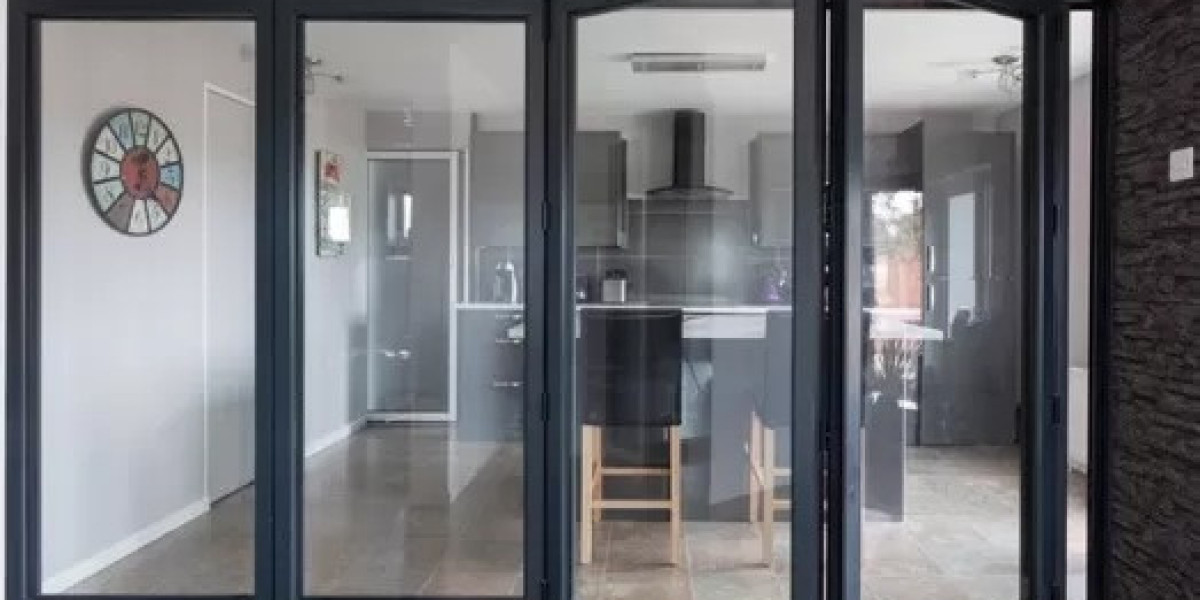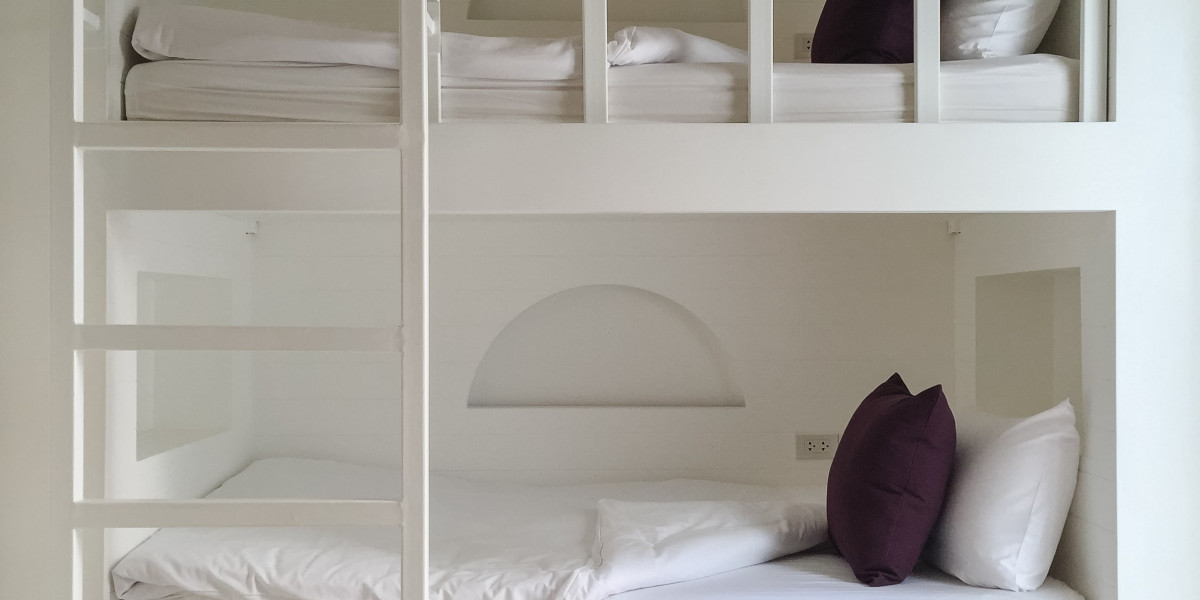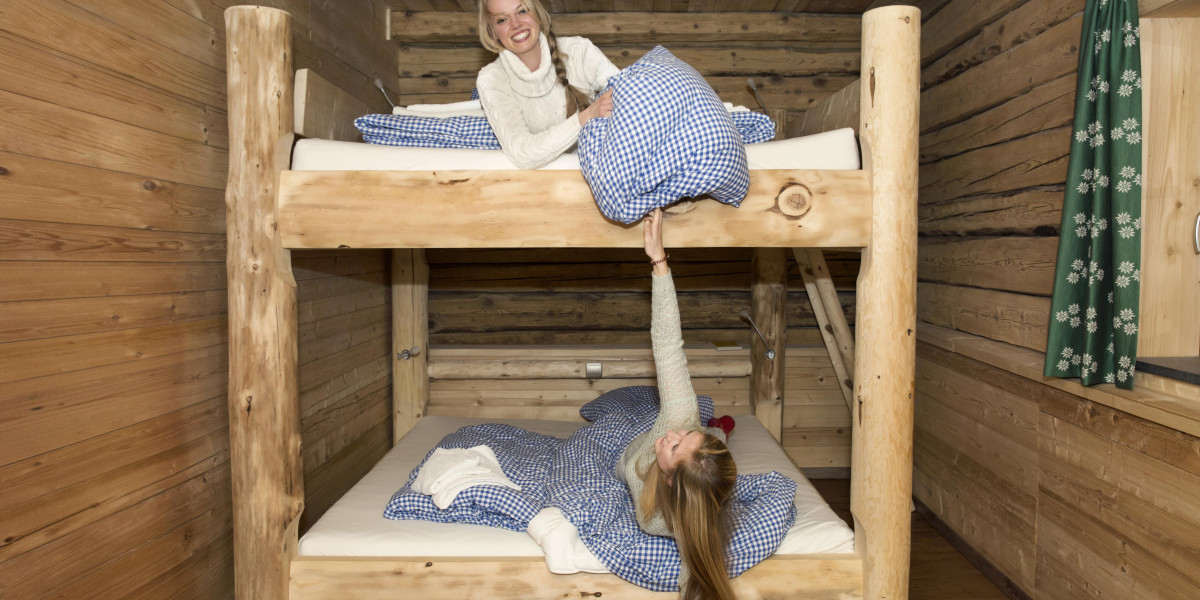Restoring Smooth Operation: A Comprehensive Guide to Repairing Your Bifold Door Top Pivot
Bifold doors, also referred to as folding doors, are a popular option for maximizing area and producing a seamless shift in between spaces or between indoor and outside living areas. Their special folding system enables larger openings than traditional hinged doors, making them ideal for closets, pantries, laundry rooms, and even as patio doors. However, the smooth and effective operation of a bifold door depends upon a number of essential elements, and one of the most crucial, yet typically neglected, is the leading pivot.
The leading pivot is a small but vital mechanism that sits on top corner of a bifold door panel, permitting it to rotate efficiently within the track system. In time, due to use and tear, improper positioning, or even unintentional damage, this pivot can stop working. A malfunctioning top pivot can cause a host of frustrating issues, from sticking doors and loud operation to finish immobility. Fortunately, repairing or replacing a bifold door leading pivot is frequently a workable DIY job, saving you the expense of expert repairs and restoring the functionality of your door.
This comprehensive guide will walk you through the process of understanding, detecting, and fixing a bifold door leading pivot. We will explore the elements included, identify typical issues, equip you with the required tools and materials, and provide a detailed repair procedure. Whether you are an experienced DIY lover or a property owner dealing with home repairs for the very first time, this article will empower you to with confidence attend to a faulty bifold door leading pivot and get your door running efficiently once again.
Understanding the Top Pivot System
Before diving into the repair procedure, it's useful to comprehend the function of the leading pivot within the wider bifold door system. The leading pivot, in combination with the bottom pivot (frequently referred to as a guide or wheel), works to control the motion and stability of each door panel.
Typically, a bifold door system includes:
- Top Track: A metal track set up horizontally at the top of the door opening. This track houses the leading pivots and guides the door panel's movement.
- Bottom Track or Guide: Some bifold door systems use a bottom track, while others utilize a bottom guide that is either a pin or a wheel, interacting with a groove or channel on the flooring or door jamb. This bottom element assists support the door panel and keeps positioning.
- Top Pivots: These are small, normally plastic or metal elements that are inserted into the leading edge of the door panel and trip within the top track. They enable the door panel to pivot and slide efficiently along the track.
- Linking Hinges: Hinges that link the individual door panels together, permitting them to fold in a concertina design.
- Door Handles and Hardware: Hardware used for operating and protecting the bifold door hinge replacement door.
The leading pivot bears a considerable load, helping with the smooth sliding and folding action of the door. It needs to be robust enough to hold up against consistent usage, yet exact sufficient to enable simple and easy motion. Understanding its function assists in valuing why its correct function is so crucial to the total operation of the bifold door.
Identifying Common Top Pivot Problems
Recognizing the symptoms of a stopping working leading pivot is the very first action towards a successful repair. Here are some common signs that show an issue with your bifold door's top pivot:
- Sticking or Jerky Door Movement: The door becomes tough to open or close smoothly, thinking twice or capturing as it moves along the track. This is typically the most noticeable sign.
- Noisy Operation: You may hear grinding, squeaking, or clicking sounds as the door is run, indicating friction or damage within the pivot mechanism or track.
- Door Panel Drooping or Sagging: If the top pivot is worn or broken, the door panel might sag somewhat at the top, causing misalignment and further hindering smooth operation.
- Visible Damage to the Pivot: Upon evaluation, you may be able to see fractures, chips, or breaks in the plastic or metal parts of the top pivot itself.
- Door Jumping Out of the Track: In extreme cases of pivot failure, the door panel may leap out of the leading track entirely, ending up being entirely unusable and potentially harming the door or frame.
- Increased Effort to Operate: If you find yourself needing to exert more force than usual to open or close the door, it might be a sign of increased friction due to a stopping working pivot.
If you observe any of these symptoms, it is highly most likely that your bifold door's top pivot requires attention. Neglecting these concerns can lead to additional damage to the door, track, or surrounding frame, making the Repair My Windows And Doors more complex and expensive in the long run.
Tools and Materials You'll Need
Before you begin the repair, gather the essential tools and materials to make sure a smooth and efficient process. Having whatever prepared in advance will conserve you time and frustration.
Tools:
- Screwdriver Set: A Phillips head and flathead screwdriver will be necessary for removing and setting up screws associated with the pivot and door hardware. Guarantee you have numerous sizes to fit various screws.
- Pliers: Pliers can be helpful for gripping and navigating small parts, especially if the old pivot is stuck or challenging to get rid of.
- Hammer (Optional): A light-weight hammer may be required to carefully tap the brand-new pivot into location, if required by the design.
- Measuring Tape: To guarantee accurate positioning and positioning when installing the brand-new pivot.
- Pencil or Marker: For marking positions and guaranteeing proper alignment.
- Safety Glasses: Protecting your eyes is essential when dealing with tools and hardware.
- Gloves (Optional): To safeguard your hands and provide better grip.
Products:
- Replacement Top Pivot: This is the most crucial material. It's necessary to purchase a replacement pivot that works with your specific bifold door system. Take the old pivot with you to the hardware store for comparison, or take down the door maker and design if possible. Leading pivots can be found in different sizes and styles.
- Lube (Silicone Spray or Dry Graphite): Lubricating the track and new pivot will guarantee smooth, quiet operation and lengthen the life of the pivot.
- Wood Filler or Wood Glue (Optional): If the screw holes holding the pivot in place are removed or harmed, wood filler or glue may be required to enhance them.
- New Screws (Optional): If the existing screws are harmed or stripped, have a set of replacement screws of the correct size and type on hand.
Step-by-Step Guide to Repairing the Top Pivot
With your tools and products all set, you can now continue with the repair. Follow these step-by-step instructions thoroughly:
Step 1: Safety and Preparation
- Put on your security glasses.
- Guarantee the work area is clear and well-lit.
- Gather all your tools and materials and put them within easy reach.
Step 2: Inspect and Access the Top Pivot
- Carefully take a look at the top pivot of the bothersome door panel to visually evaluate the damage. Search for cracks, breaks, or indications of wear.
- Identify how the pivot is connected to the door. Most are generally held in place by screws.
- You may require to a little open or close the bifold door to acquire much better access to the leading pivot.
Step 3: Remove the Old Top Pivot
- Using the proper screwdriver (typically Phillips head), carefully eliminate the screws securing the top pivot to the door panel.
- If the screws are removed or difficult to get rid of, you may require to use pliers to grip the screw head and gently turn it. Avoid damaging the surrounding door material.
- Once the screws are eliminated, gently take out the old leading pivot. If it's stuck, utilize pliers to carefully wiggle and pull it free.
Step 4: Prepare for the New Pivot (If Necessary)

- Inspect Screw Holes: Examine the screw holes in the door where the pivot was connected. If they are removed or enlarged, you may require to strengthen them.
- For Minor Stripping: Apply a percentage of wood glue into the screw hole and let it partly dry for a couple of minutes. This will give the screws a better grip.
- For Severely Stripped Holes: Use wood filler to fill the removed holes entirely. Permit the filler to dry and harden according to the product instructions. When dry, pre-drill pilot holes somewhat smaller sized than the brand-new screws to make sure a safe accessory.
Step 5: Install the New Top Pivot

- Position the new leading pivot in the exact same orientation as the old one was eliminated.
- Align the screw holes of the brand-new pivot with the holes in the door panel.
- Place the screws and tighten them securely with the screwdriver. Avoid overtightening, which could remove the screw holes or harm the pivot. Make sure the pivot is securely connected but not excessively tight.
Step 6: Lubricate the Track and Pivot
- Apply a percentage of silicone spray or dry graphite lubricant to the leading track of the bifold door roller repair door, concentrating on the location where the top pivot will run.
- Likewise, gently lube the moving parts of the brand-new leading pivot itself. This will promote smooth operation and decrease friction.
Step 7: Test and Adjust
- Thoroughly operate the bifold door, opening and closing it several times.
- Look for smooth, quiet movement. If the door still sticks or binds, re-inspect the pivot for appropriate installation and positioning.
- Guarantee the door panels fold and unfold properly and that the door is not rubbing against the frame or track.
- If needed, minor adjustments to the pivot position or track alignment may be required. Consult your bifold door maker's guidelines for specific adjustment treatments if supplied.
Step 8: Clean Up
- Once you are satisfied with the door's operation, tidy up your work location and put away your tools.
Fixing Common Issues
While fixing a top pivot is typically straightforward, you may encounter some difficulties. Here are a few fixing tips:
- Pivot Doesn't Fit: If the new pivot does not fit into the track or door, double-check that you have the appropriate replacement type. Compare it closely to the old pivot and the door specifications.
- Screws Won't Tighten: Stripped screw holes are a common problem. Refer back to Step 4 and use wood filler or glue to enhance the holes before trying to tighten the screws once again.
- Door Still Sticks After Pivot Replacement: If the door still does not run smoothly after replacing the pivot, the issue may lie somewhere else. Inspect the bottom pivot/guide, the track for particles or damage, or the door panel hinges for tightness.
- Door Panel Misalignment: If the door panels are not aligned correctly after repair, make sure the top pivot is appropriately seated in the track which the door panel is correctly positioned within the frame. Check for any warping or damage to the door panel itself.
Keeping Your Bifold Door Pivots
Preventative upkeep can considerably extend the lifespan of your bifold door pivots and minimize the need for regular repairs. Here are some practical maintenance suggestions:
- Regular Lubrication: Lubricate the leading track and rotates with silicone spray or dry graphite every couple of months to lower friction and wear.
- Keep Tracks Clean: Periodically tidy the leading and bottom tracks to remove dust, dirt, and particles that can hinder smooth operation. Utilize a vacuum cleaner or a brush to clean up the tracks.
- Examine Regularly: Inspect the top and bottom pivots frequently for signs of wear, damage, or looseness. Attend to any minor problems immediately before they escalate.
- Prevent Slamming: Avoid slamming the bifold doors, as this can put unnecessary tension on the pivots and hardware, leading to early failure.
- Check Alignment: Periodically check the alignment of the door panels to guarantee they are folding and unfolding properly which there is no undue tension on the pivots.
When to Call a Professional
While DIY repair is often possible, there are circumstances where seeking professional assistance is suggested. Consider calling a door repair specialist if:
- You are unpleasant with DIY repairs.
- The damage to the door or frame is substantial beyond just the pivot.
- You are unable to determine the proper replacement pivot.
- You come across relentless problems after attempting the repair.
- The bifold door is part of an intricate system, such as a multi-panel patio door, and requires specialized knowledge.
A professional door specialist has the experience and knowledge to properly diagnose complicated bifold door bottom pivot repair door problems and perform repairs effectively and successfully.
Fixing a bifold door leading pivot is a gratifying DIY job that can bring back the smooth and uncomplicated operation of your door. By understanding the elements, identifying the issue, and following the detailed guide laid out in this post, you can with confidence tackle this repair and save yourself money and time. Routine upkeep and prompt attention to minor issues will ensure the durability and trusted efficiency of your bifold doors for several years to come, adding to the comfort and functionality of your living area.
Frequently Asked Questions (FAQs) about Bifold Door Top Pivot Repair
Q1: How do I know what type of top pivot to purchase as a replacement?
A: The best method is to get rid of the old pivot and take it with you to a hardware shop. Compare it aesthetically to the offered choices, taking note of the size, shape, and accessory technique. Additionally, if you understand the producer and design of your bifold door, you may be able to find specific replacement parts online or through the manufacturer.
Q2: Can I repair a broken leading pivot, or do I always require to replace it?
A: In most cases, it's more practical and dependable to replace a broken or used leading pivot rather than attempting to repair it. Pivots are reasonably low-cost, and replacement ensures appropriate function and longevity. Trying to repair a damaged pivot might cause further concerns and is usually not advised.
Q3: My screws are stripped and won't hold the brand-new pivot. What can I do?
A: Stripped screw holes prevail. Attempt utilizing slightly longer or thicker screws. If that does not work, use wood glue into the screw hole and let it partly dry before re-screwing. For significantly stripped holes, use wood filler to fill them completely, let it dry, and then pre-drill pilot holes for the new screws.
Q4: Do I need to remove the entire bifold door to replace the top pivot?
A: Often, you can replace the top pivot without completely getting rid of the door panel. However, depending upon the design and availability, it may be easier to partly detach the door panel to get much better gain access to. In many cases, specifically with much heavier doors or complex systems, eliminating the door panel may be safer and more convenient.
Q5: After replacing the leading pivot, my door is still difficult to open. What else could be wrong?
A: If the issue continues after pivot replacement, inspect other potential issues:
- Bottom pivot/guide: Inspect for damage or debris.
- Track: Clean and lubricate the top and bottom tracks. Examine for damage or blockages.
- Hinges: Ensure the door panel hinges are not stiff or binding. Oil them if needed.
- Door Alignment: Check if the door panels are appropriately lined up within the frame.
Q6: How often should I oil my bifold door rotates?
A: Regular lubrication every 3-6 months is recommended for optimal performance. More frequent lubrication might be needed in dirty or high-use environments. Use silicone spray or dry graphite lubricant to keep the pivots and track moving smoothly.



